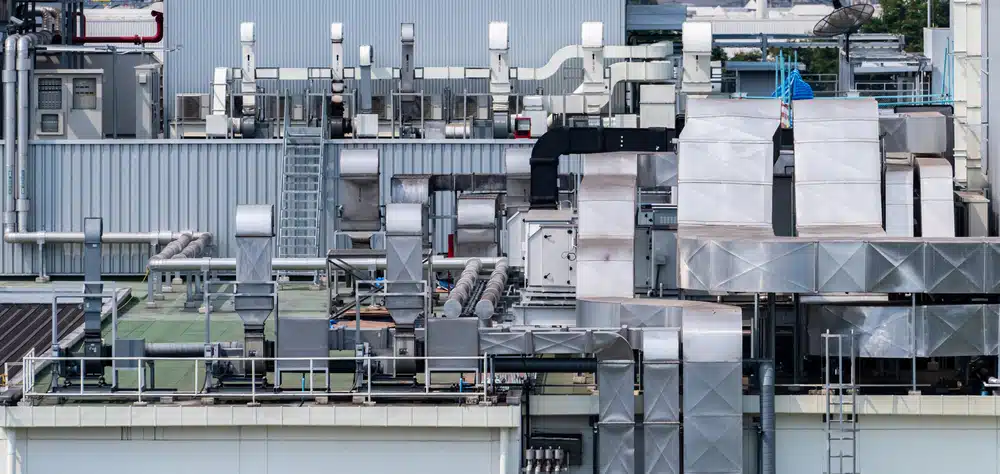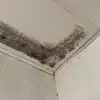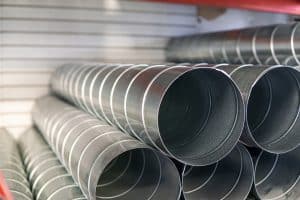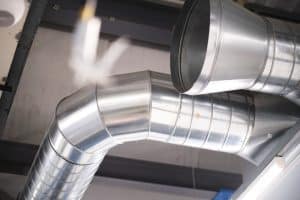How Duct Size Affects Air Flow
At I-Sells, we constantly aim to help inform you of all the things we think you should know in order to choose the right ventilation solutions for you. Whether it’s mould control, extractor fans, ducting, or anything ventilation related, we are here to help.
Did you know the size of your ducting may not be suitable for your ducting system? Ducting is a conduit for air to travel through, so it must be as reliable as possible.
That being said, we will be exploring how duct size affects airflow
For those who hated their science classes, sorry in advance! Our subject today will be related to elements of physics. But how is this related to ducting? Well, this particular part of physics is known as the continuity equation, it applies to anything that can flow. Which in today’s case will be air, which we all use for our ducting systems.
If you want a full, in-depth explanation of it, click here.
The continuity equation is similar to conservation law. This is a law in physics that states that a measurable property of an isolated physical system does not change as the system evolves over time.
So what does that mean? Put simply, using air and ducting as an example, the amount of air (the measurable property) that travels through the duct (the isolated physical system) does not change as the ducting changes shape.
But why is that relevant to ducting? Well, ducting facilitates the travel of air, so understanding how that works can only serve to benefit anybody looking to get insight into ventilation.
Continuity in ducting
We understand that some of us are visual learners, so hopefully, our following diagrams and explanations can help you understand continuity in ducting.
Below is a diagram of a ducting pipe, as you can see, the air enters from the left and encounters a reduction in the space as it flows through the vent, this reduction in space, causes the air to travel more compactly through this smaller area. This is known as a reducer.

Going back to our introduction, despite the fact the air on our diagram is flowing past a reducer, it does not lose the amount of air that was originally sent through it (assuming the duct in question is air-tight, which we will assume in order to make things easier to understand.)
It is possible to convert this understanding by simplifying it to the amount of air, to the rate of flow. In a simplified form, we can say that for each cubic foot per minute (cfm) of air entering the duct from the left, the same amount of cfm of air leaves the duct to the right.
We can represent flow by using the letter f.

Because no air is created or destroyed within our duct, we are left with the conservation of air and conservation of the flow rate. The rate of flow that enters the duct is equal to the rate of flow as it leaves the duct. But this is assuming air is incompressible.
Science tells us that for air to be air, its number of molecules can’t change. Our example above specified that the air leaving the duct was the same volume despite going past the reducer, but doesn’t the reducer make the air more compact? Thus changing its density?
As science, technology and life have shown us, air can be compressed, however, within ducting systems, we treat them as incompressible, because the pressure changes that occur as a result of a reducer are so nominal that it doesn’t affect the density of the air.
As a result of this understanding, our previous statement “each cubic foot per minute (cfm) of air entering the duct from the left, the same amount of cfm of air leaves the duct on to the right.” ( F in = F out) results in continuity within the ducting system!
Importance of air velocity
When it comes to ducting, air velocity is an important factor in helping the efficiency and quietness of a ducting system, as well as moving the air from one place to the other. Let’s explore the effect on air velocity, as air goes from a larger to a smaller duct.
Keeping the previous statement regarding equal flow rates in mind, let’s get a visual representation of equal volumes of air in different areas in the ducting system.
The blue vertical line represents one cubic foot of air, the ‘A1’ beneath it is representative of the circumference of the duct that the cubic foot of air is in.
To the right of the diagram is another blue line, with the ‘A2’ beneath that representing the circumference of the duct after the reducer.

What do you notice? The blue line on the right is wider than the one on the left, isn’t it? Remember, these blue lines represent a cubic foot of air. So the implication is that the smaller duct on the right has that same cubic foot of air that appeared on the left, which is now spread over a greater length on the right because the duct on the right is smaller.
So what does the diagram above mean for the air velocity? According to our previous equation for the flow rate F in = F out, the blue lines on our diagram will move by one length at the same time.

Like this

As the diagram displays, the arrow shows the initial distance between the two black lines (our cubic feet of air).
The diagram below shows how the air travels by one length in accordance with the circumference of the duct. As you can see, the distance between the two has widened.

And once again

We can begin to understand from this that, each time the air advances by one cubic foot, the air in the smaller duct moves by a larger distance than the air in the large duct.
What this tells us is that the air velocity in the larger duct is smaller, and the smaller duct has a higher air velocity. Resulting in the air moving faster in the smaller space, specifically because of that smaller circumference.

A1 x V1 = A2 x V2
The equation above is for area and velocity, it is called the continuity equation for incompressible fluids.
Do filters affect ducting continuity?
Yes, filtering the air can cause issues with airflow within ducting, this is due to large or excessive drops in pressure because of the filtration. Fixing this issue requires an understanding of the relationship between the filter area, face velocity and pressure drop.
The continuity equation, which we hopefully outlined for you in an understandable way, is paramount in keeping the air velocity in ducting at the right balance. Having too much air velocity will result in a pressure drop and noise, whereas the other side of the coin can lead to poor ventilation.
So how does duct size affect air flow?
To summarise in the most simple manner, air flow and duct size have an interdependent relationship. The same amount of air takes up more space and moves further in ducts with a smaller circumference, whereas the opposite is true for ducts with a larger circumference.
Air velocity is also decided by the size of the duct the air is travelling through. And if air velocity isn’t at the right amount, you can experience issues with your ducting system.
So for those looking for the right ducting system, be aware that it’s not just the system that determines how good your ventilation will be, but also the size of your ducting.
We at I-Sells hope this blog has provided you with valuable information that will influence your decision in picking the best ventilation system/equipment for you. Our range of ventilation equipment and systems is here to help you!
Because we all need a breath of fresh air, don’t we?





























Add comment
You must be logged in to post a comment.